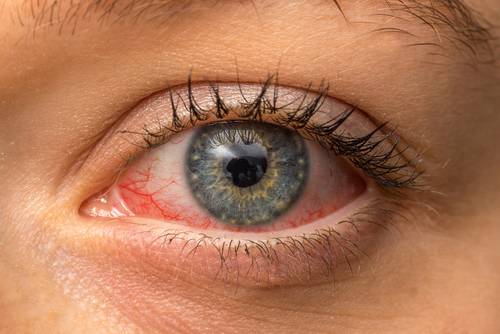DIAGNOSIS
You should make an appointment to see your doctor if:
- your eye redness lasts longer than two days
- you experience changes in your vision
- you experience pain in your eye
- you become sensitive to light
- you have discharge from one or both of your eyes
- you take medications that thin your blood such as heparin or warfarin
Even though most causes of eye redness are not severe, you should seek emergency medical help if:
- your eye is red after trauma or injury
- you have a headache and have blurry vision
- you begin seeing white rings, or halos, around lights
- you experience nausea and vomiting
RECOMMENDED MEDICATIONS
If your eye redness is caused by a medical condition such as conjunctivitis or blepharitis, you may be able to treat your symptoms at home. Warm compresses on the eye can help reduce the symptoms of these conditions. You should also make sure that you wash your hands frequently, avoid wearing makeup or contacts, and avoid touching the eye.
If your eye redness is accompanied by pain or changes in vision, you need to see your doctor for treatment. Your doctor will ask you about your symptoms, your current health conditions, and problems that may have caused irritation to your eye. Your doctor may also examine your eye and use a saline solution to wash out any irritants in your eye.
Depending on your diagnosis, your doctor may prescribe treatment that helps to alleviate your symptoms. This would likely include antibiotics, eye drops, and home care as described above. In some cases, where the eye is very irritated, your doctor may suggest wearing a patch to limit light exposure and help your eye heal.


